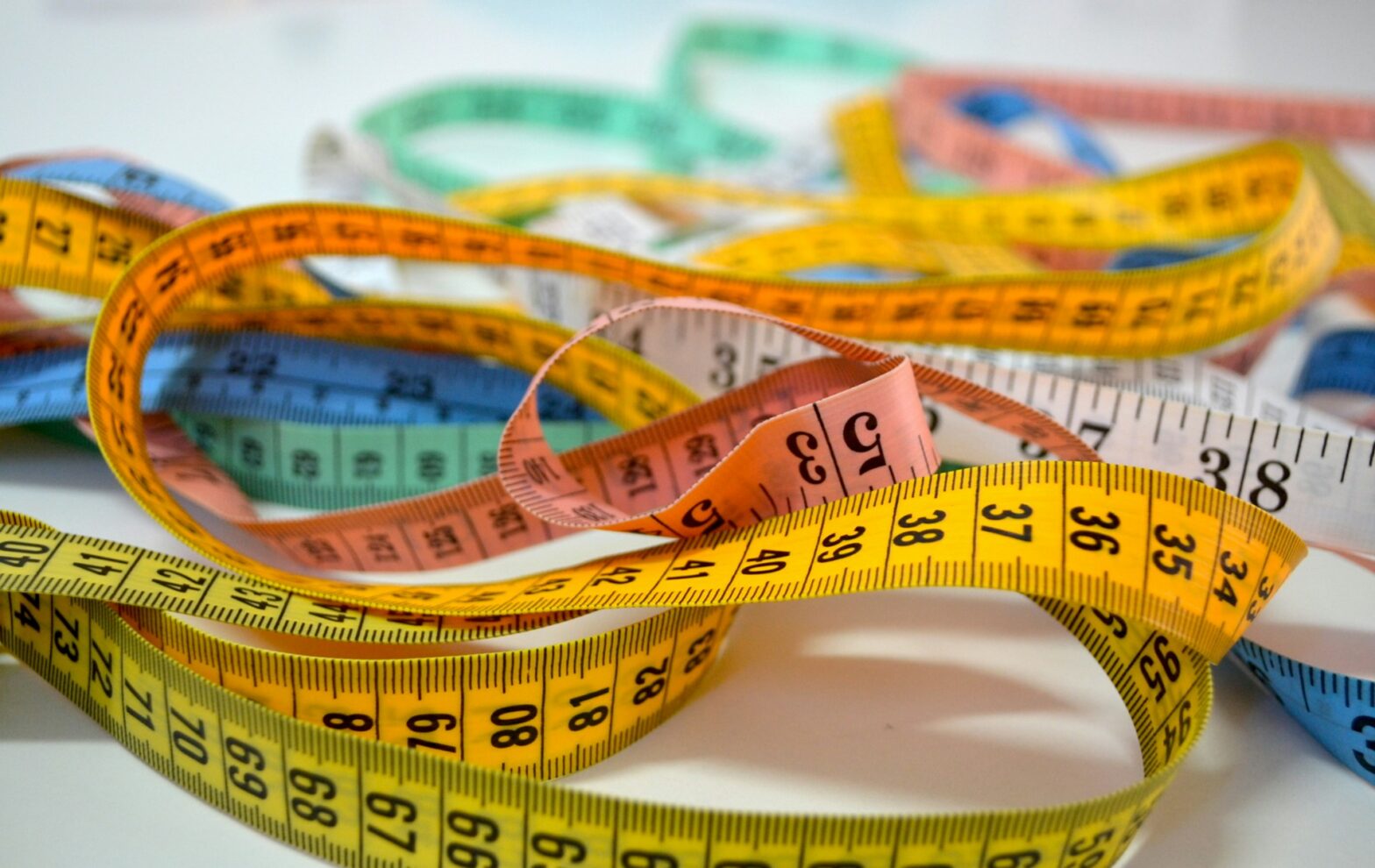
Mem Moment | What is it about clothing?
Parashat Tetzaveh
Parashat Tetzaveh describes the priestly garments worn at the Mishkan (Tabernacle) and later the Temple. Nechama Leibowitz (1905-1997) points out that these represent symbolic qualities: by standing out among his peers, the High Priest would be reminded to conduct himself with the highest moral standards. His appearance was a call for others to do the same, just like our actions present to others a glimpse of our inner world. However, she points out that clothing actually represents something else: it is, in fact, the one item of culture and civilization that God provides mankind according to Sefer Bereshit. All the others – knowledge of agriculture, of building, of organizing a society, etc. – mankind had to learn on its own.
Why is clothing so special? Benno Jacob (1862-1945) points out that our clothes – whatever they are in every culture – are the first indicator of our separation from the rest of living creatures. No other animal needs clothes. Jacob writes that by dressing the first human couple, they were sanctified and commanded to continue developing a human culture, by transforming their environment according to their needs. Jewish tradition teaches us that we were created in the Divine image. But far from taking this as is, we are called to be God’s continual partner in creation. This is the creation of yetzirah (transforming what exists around us) as opposed to bria (creation from nothing).
By taking material items and turning them holy in dressing the Priest – himself a strong symbol of the relationship between our world and the Divine – in beautiful clothes, we are reminded to continue striving to make the world more beautiful, more just, more humane, more Divine.
Want to receive these Mem Moments weekly in your inbox?
Sign up here: Mem Moment Sign Up form